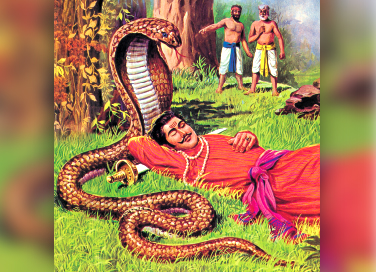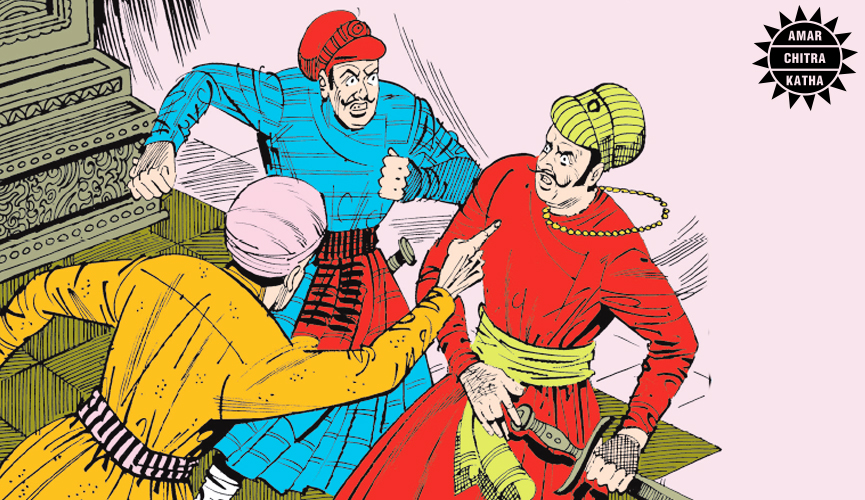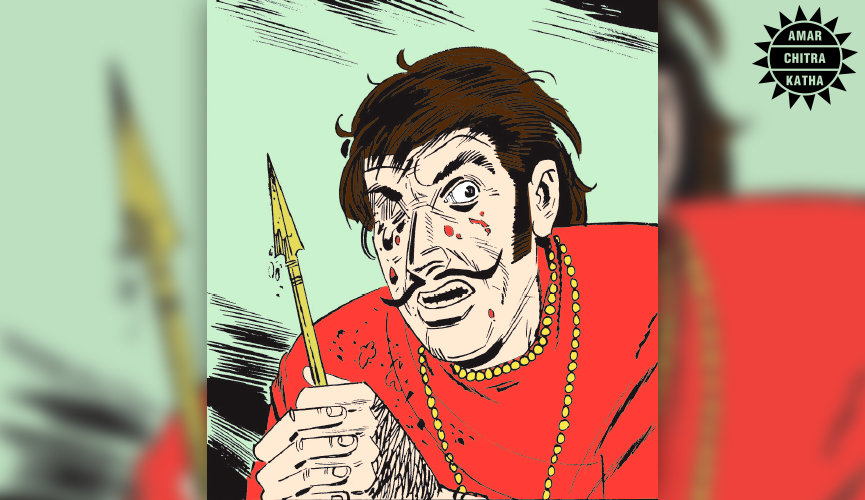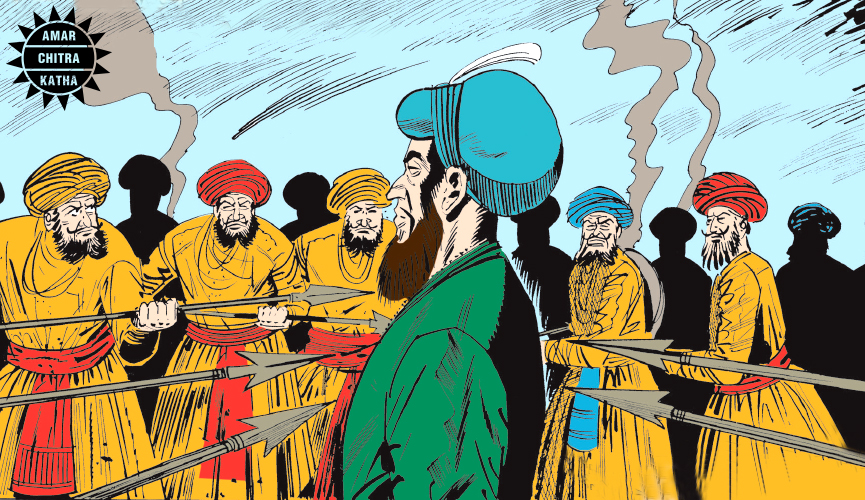Rana Sanga (1482-1528)
- March 24, 2021


Rana Sanga (1482-1528)
- March 24, 2021
Rana Sanga was the king of Mewar who is accredited for reuniting several Rajput clans and creating a stalwart Rajput association. Despite being the son of a king, things didn’t come easy to him. He had to work through many challenges including a strained relationship with his brothers and betrayal of his trusted lead.

Rana Raimal ruled Mewar in the early half of the sixteenth century. He was a kind and valiant king who upheld the glorious history and tradition of his kingdom. However, his three sons Sanga, Prithviraj and Jaimal often quarrelled with each other with regards to the succession of the throne. These quarrels troubled the king who wanted his sons united for the sake of his kingdom. The king also blamed his brother-in-law Surajmal for setting the princes against one another.

The three brothers Sanga, Jaimal and Prithviraj went to Charani Devi temple to listen to the oracle speak about the next successor of Mewar’s throne. The priest informed the princes that the goddess will answer their question through her attendant. The attendant pointed to the tiger skin on which Sanga was sitting and Surajmal was resting a knee. Prithviraj was furious with the outcome that Sanga was destined to rule Mewar. In his fury, he drew his sword and charged at Sanga. In his defence, Surajmal leapt forward and received the blow instead. Sanga, shocked by the turn of events and not wanting to get involved in a fight in the temple, ran out and mounted his horse. Seeing this, Prithviraj aimed an arrow and hit Sanga in one eye, blinding it for life.
To receive more such stories in your Inbox & WhatsApp, Please share your Email and Mobile number.
Sanga, defeated and injured, joined a group of Rajput rebels under disguise. Sanga withdrew from fighting his brothers over the throne as he felt it would only benefit the enemies of Mewar. After a while, Sanga married the daughter of the chief of the rebels, revealing his true identity to them. In the meantime, Sanga received the news of the deaths of his brothers and decided to return to his kingdom. Rana Raimal was delighted to have his son back when he had lost all hopes for him. After the death of Rana Raimal, Sanga was crowned as King Rana Sanga of Mewar.

Under the rule of Rana Sanga, Mewar reached the summit of its prosperity. Sanga wanted to capture Delhi when he saw the decline of Ibrahim Lodi’s reign. At the same time, Mahmood Khilji, the Sultan of Malwa, invaded Mewar. Rana Sanga fought with great valour and defeated the forces of Khilji. Rana Sanga even treated the defeated Khilji with the respect deserved by a king. Khilji had to cede four provinces before Sanga released him.
In April 1526, Babur defeated Ibrahim Lodi to capture Delhi. Rana Sanga immediately started the preparations for war in Chittor. In March 1527, the forces of Babur and Rana Sanga met on the battlefield of Khanwa. The Babur’s men met with strong resistance and the reinforcements sent by Babur too made a hurried retreat. On the second day of the battle, Babur met Shiladitya, the emissary sent by Rana Sanga. Babur offered him Chittor in return for his help to win the war. Overcome by greed, Shiladitya agreed to side with Babur.
Unaware of this betrayal by Shiladitya, Rana Sanga appointed him to lead the frontal attack. Soon at the battlefield, Rana Sanga realized the treachery when his forces joined Babur to attack Chittoor. Since a major part of his army was under Shiladitya’s command, Rana Sanga had to abandon his fort and retreat into the hills. Due to the loss of his land and defeat, Rana Sanga’s health worsened and he died at Vasva, a small village in the hills, with the regret of not being able to defend his land.
Read the full story of Rana Sanga on the ACK Comics App. Also available on Kindle, Amazon, Flipkart, and other major e-tailers.
To receive more such stories in your Inbox & WhatsApp, Please share your Email and Mobile number.

Comic of The Month
The Sons of Rama
The story of Rama and Sita was first set down by the sage Valmiki in his epic poem 'Ramayana.' Rama was the eldest son of Dasharatha, the king of Ayodhya, who had three wives - Kaushalya, Kaikeyi and Sumitra. Rama was the son of Kaushalya, Bharata of Kaikeyi and Laxmana and Shatrughna of Sumitra. The four princes grew up to be brave and valiant. Rama won the hand of Sita, the daughter of King Janaka. Dasharatha wanted to crown Rama as the king but Kaikeyi objected. Using boons granted to her by Dasharatha earlier, she had Rama banished to the forest. Sita and Laxmana decided to follow Rama. While in the forest, a Rakshasi, Shoorpanakha, accosted Laxmana but had her nose cut off by him. In revenge, her brother Ravana, king of Lanka, carried Sita away. Rama and Laxmana set out to look for her and with the help of an army of monkeys, defeated Ravana. On returning Ayodhya after fourteen years of exile, Rama banished Sita because of the suspicions of his subjects. In the ashrama of sage Valmiki, she gave birth to her twin sons, Luv and Kush.